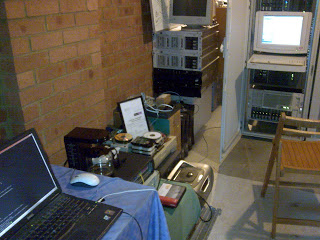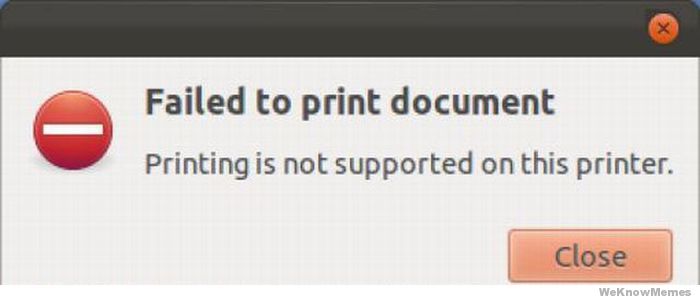With the emergence of flash technology, the need for deduplication rose due to the expense of the drives. Deduplication has become a blanket term to span a range of space-saving technology from snapshots to zero-space reclaim. Here, I am going to try to break it down in the way I do to my customers.
As usual, the TL;DR:
1. You say you offer deduplication. I do not think it means what you think it means. – Always ask for specifics.
2. As it turns out, you’ve got deduplication on that 10 year old array hidden in your garage! Congrats!
3. Wait? How important is this to me? The answer, as always: it depends.
Deduplication. You keep using that word.

When people ask if we offer deduplication, many vendors will say yes. In the minds of our customers, deduplication in its purest form is single-instance data storage. In order to do this successfully, the sweet spot is around 4k or 8k IO. Most workloads are bigger than that, which leads to the need to break the incoming write into smaller chunks to enable that level of data reduction. This means that CPU and memory resources have to be dedicated to this task and care must be taken to architect the technology to account for this additional workload. The benefits can be massive because it means that every small block of data that matches that 4 or 8k block can be written only once and accessed by all at the array level saving both drive writes as well as an incredible amount of space. Even then, the implementation of single-instance data storage varies: some will only do it when the array is under light load, others do it all the time. What good is deduplication if it is only performed when the array is not busy? What happens when you drive heavy workload consistently? It is important to ask for specifics in this space and learn what you are getting and how it may apply to your workload. So what does deduplication really mean and why such a slippery slope? Wikipedia, FTW: “In computing, data deduplication is a specialized data compression technique for eliminating duplicate copies of repeating data. Related and somewhat synonymous terms are intelligent (data) compression and single-instance (data) storage.”
As it turns out, you’ve got deduplication on that 10 year old array hidden in your garage! Congrats!

By the definition above, data deduplication can also include snapshots. Snaps have been around for over 10 years now. If you have an old decommissioned array in your garage, odds are you have “deduplication” on it in the form of snapshots. What makes snapshots so awesome now is the ability to use them at little to no performance penalty –mileage varies by vendor and platform, be sure to ask the question. Snapshots enable lun-level “deduplication” where the same lun or set of luns is copied and presented for backup, reporting or other needs as a performant alternative that enables the production host to focus all resources on production workload while the array seamlessly presents a safe, tracked copy of that volume to other hosts for necessary processing. By definition, this is a form of data deduplication, but it doesn’t quite scale to the same benefits as single-instance data storage. In fairness, with my customers I tend to classify snapshots as part of space efficiency along with compression, but some do not make that distinction.
And now for the dreaded “It Depends”
I could start a bit of a battle over technical religion and tell you what I think about deduplication and snapshots and what is really important, but the truth is that it all depends on your workloads and business needs. In the case of VDI, VSI and some other workloads even as the price of flash decreases, deduplication is absolutely worth the additional processor and memory resources thrown at it. Running a large block workload or a data warehouse? Snapshotting is probably good enough because that CPU and memory is probably better used servicing reads and writes. Many things fall in that in-between category and can go either way. What’s most important to your business needs? You can talk to your application owners and for once say “as you wish” or at the very least…










